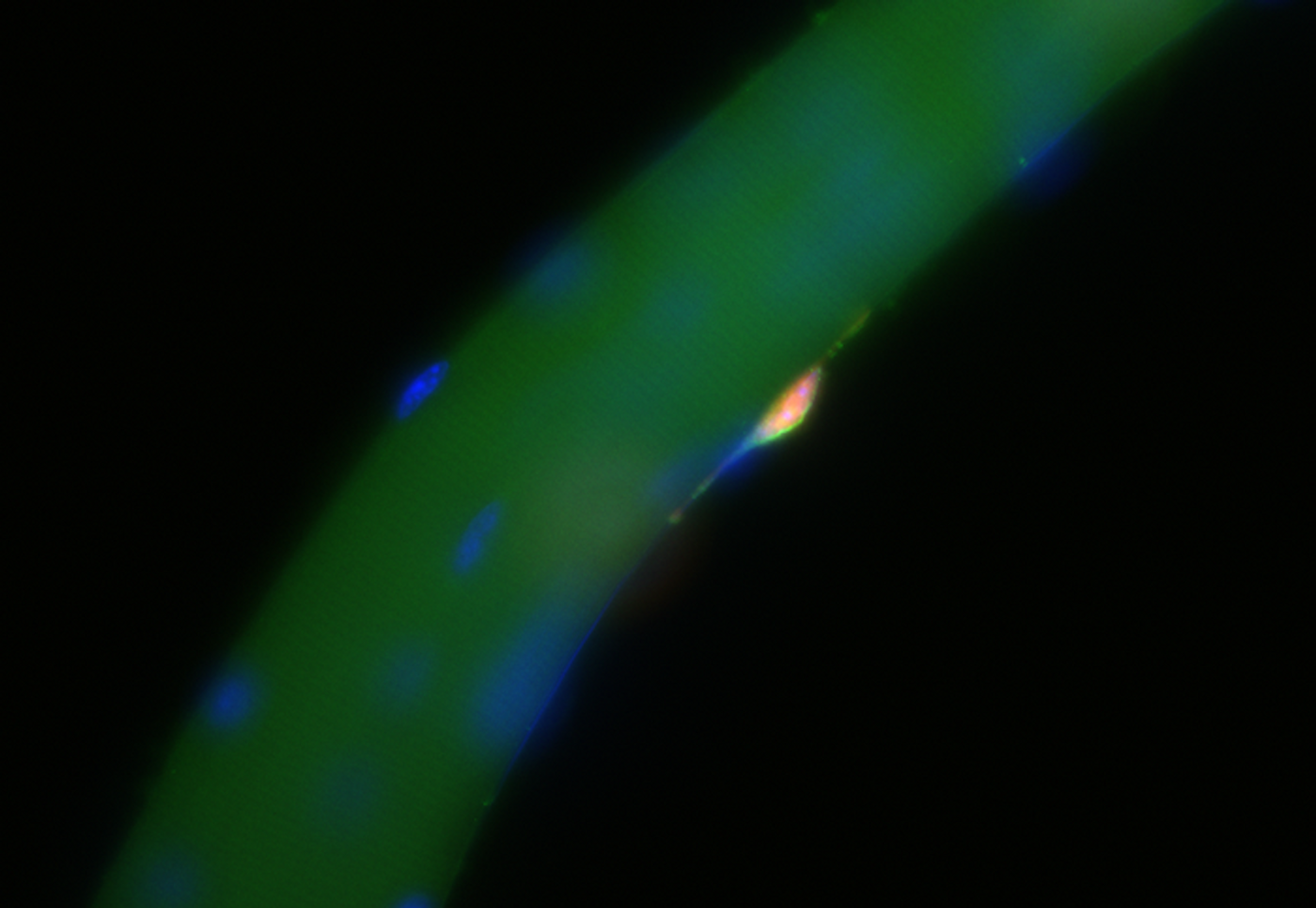A Natural Compound Stimulates Repair in Muscle Tissue
When tissues in our bodies experience harm, there are various repair mechanisms that can be employed. When muscles are damaged, stem cells come together with immune cells to coordinate repair. The removal of dead tissue is an important part of that process, and it has to happen before new cells can move in to fix the tissue. Researchers have now learned more about the molecular mechanisms behind muscle repair, and have shown that a natural molecule called hyaluronic acid is a crucial part of it. The findings have been reported in Science.
“When muscles get damaged, it is important for immune cells to quickly enter the tissue and remove the damage before stem cells begin repair,” said senior study author Dr. Jeffrey Dilworth, a professor at the University of Ottawa.
Hyaluronic acid, which has also been used in osteoarthritis injections and as an ingredient in cosmetics, is a natural substance that manages the interaction between immune and stem cells in muscle tissue.
“Our study shows that muscle stem cells are primed to start repair right away, but the immune cells maintain the stem cells in a resting state while they finish the cleanup job," Dilworth explained. "After about 40 hours, once the cleanup job is finished, an internal alarm goes off in the muscle stem cells that allows them to wake up and start repair.”
This study showed that an enzyme called KDM6B/JMJD3 makes an epigenetic modification to a gene called Has2, which prompts stem cells to generate hyaluronic acid. The hyaluronic acid gets mixed into the extracellular matrix, remodeling it so it can receive signals from immune cells that are infiltrating the area. The hyaluronic acid also awakens muscle stem cells. Tissue regeneration is then triggered.
“Interestingly, aging is associated with chronic inflammation, muscle weakness and a reduced ability of muscle stem cells to wake up and repair damage,” noted lead study author Dr. Kiran Nakka, PhD. “If we could find a way to enhance hyaluronic acid production in the muscle stem cells of older people it might help with muscle repair.”
The authors added that hyaluronic acid can take on a regenerative role when it is produced by muscle stem cells. It may be possible, however, to stimulate muscle stem cells to release more hyaluronic acid by modifying them epigenetically.
Sources: The Ottawa Hospital, Science









